Historically, technology has always determined the shape and manner of warfare, giving an undisputed military advantage to the side possessing it – even if it is significantly smaller than its opponent. With the rise of artificial intelligence, drones, and autonomous control systems, military operations have largely shifted toward a technological plane. Therefore, the development of military technologies and new innovative solutions are, in fact, a matter of survival for Ukraine.
The Ministry of Digital Transformation understands this, and therefore the Brave1 cluster was launched – a large-scale platform for the development of military innovations. In an interview with Ukrinform, Vice Prime Minister for Innovation, Development of Education, Science, and Technology, Minister of Digital Transformation Mykhailo Fedorov spoke in more detail about his work and various aspects of the use of technology in repelling the enemy.
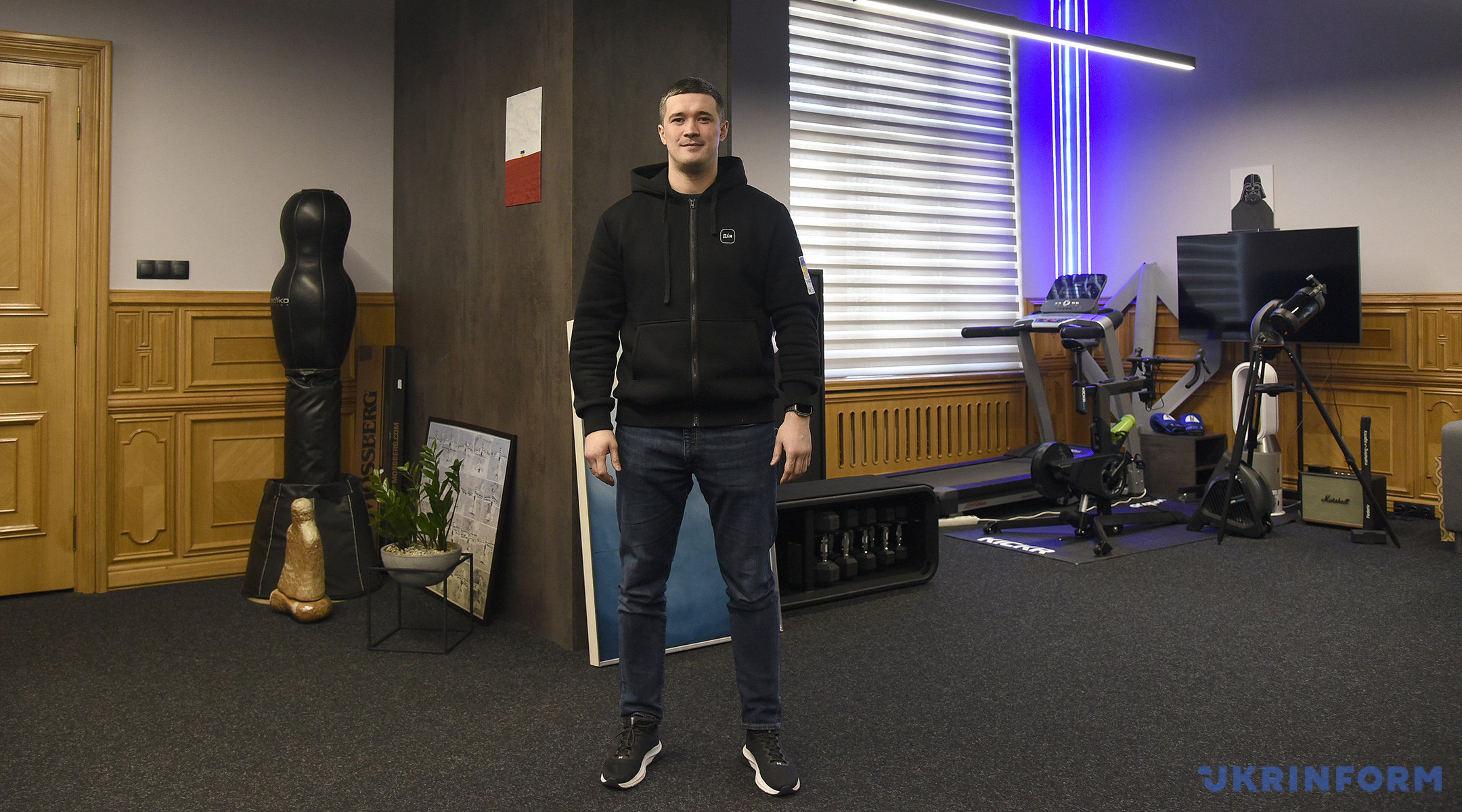
ON TECHNOLOGIES THAT WILL HELP UKRAINE WIN
- Please tell us in more about the features and tasks of the newly created Brave1?
- Brave1 is an interdisciplinary project – a joint initiative of the Ministry of Defense, General Staff of the Armed Forces, National Security and Defense Council, Ministry of Digital Transformation, Ministry of Strategic Industries, and Ministry of Economy. Its purpose is to stimulate and support the development of companies working with defense technologies. It will be a platform for combining public and private initiatives to develop innovative solutions in the interests of our defense and security forces, which will help Ukraine gain a technological advantage over the enemy and bring victory closer. We started working on it before the full-scale invasion, but have significantly increased our efforts to launch it over the past six to seven months. We analyzed international experience and found the option we needed.
For the industry, the cluster offers organizational and expert development support, as well as access to accelerators and incubators. It is about systematic work on improving projects, enhancing knowledge in matters of business scaling, creating value for investors, and mentoring. In addition, developers will have access to an R&D resource center that will help them with the necessary components, tests, equipment, and information.
- What main functions will the cluster perform?
- Conditionally, we divided them into four main ones: creation of a single coordination platform in the field of military technologies; support to entrepreneurs working in the field of defense technologies (defense tech); quick delivery of technological solutions to customers; and effective interaction with all teams and stakeholders working in Ukraine and abroad. In general, everything can be reduced to one main function – creating for companies, startups, scientific institutions, and other organizations the most optimal conditions for the effective development of new products and solutions in the field of defense. We want developers to know where to go to test their product, how to improve their technology, scale production, find investment, or get the necessary advice.
In the field of unmanned aerial vehicles, we already have more than 80 companies with whom we will cooperate within Brave1
- How many defense tech projects and developers have already joined the project?
- At the initial stage, we are talking about hundreds of partners and even more specific projects that will contribute to victory, further restoration of our country, and strengthening of its defense capability. For example, in the field of unmanned aerial vehicles, we already have more than 80 companies with whom we will cooperate within Brave1. We are now jointly testing new products, researching various technological projects in order to integrate them into government orders in the future. We managed to build a certain prototype of interaction in working with the tech community dealing with UAVs. We have a positive result there. Therefore, we plan to transfer this experience to other areas where we will also work.
- Is there going to be maximum interaction between developers and state agencies?
- Exactly. I believe that the most important thing is to turn the government, in fact, into a venture investor. We need more resource support for ideas and projects with the potential to protect our country. The government should work for the benefit of companies operating in the field of military technology, not create barriers for them. There will be grants to get, experts to talk to, and communities to find like-minded people in. We often run defense hackathons and we see that they create the prerequisites for new ideas and technological solutions. At each stage of project implementation, we will present specific goals and monitor how quickly we respond to developers' requests. It is very important that the General Staff and Ministry of Defense be involved in this process as institutions that will be able to set specific tasks for the developers. Everyone will be able to work on what they find exciting as they have their own vision for the product.
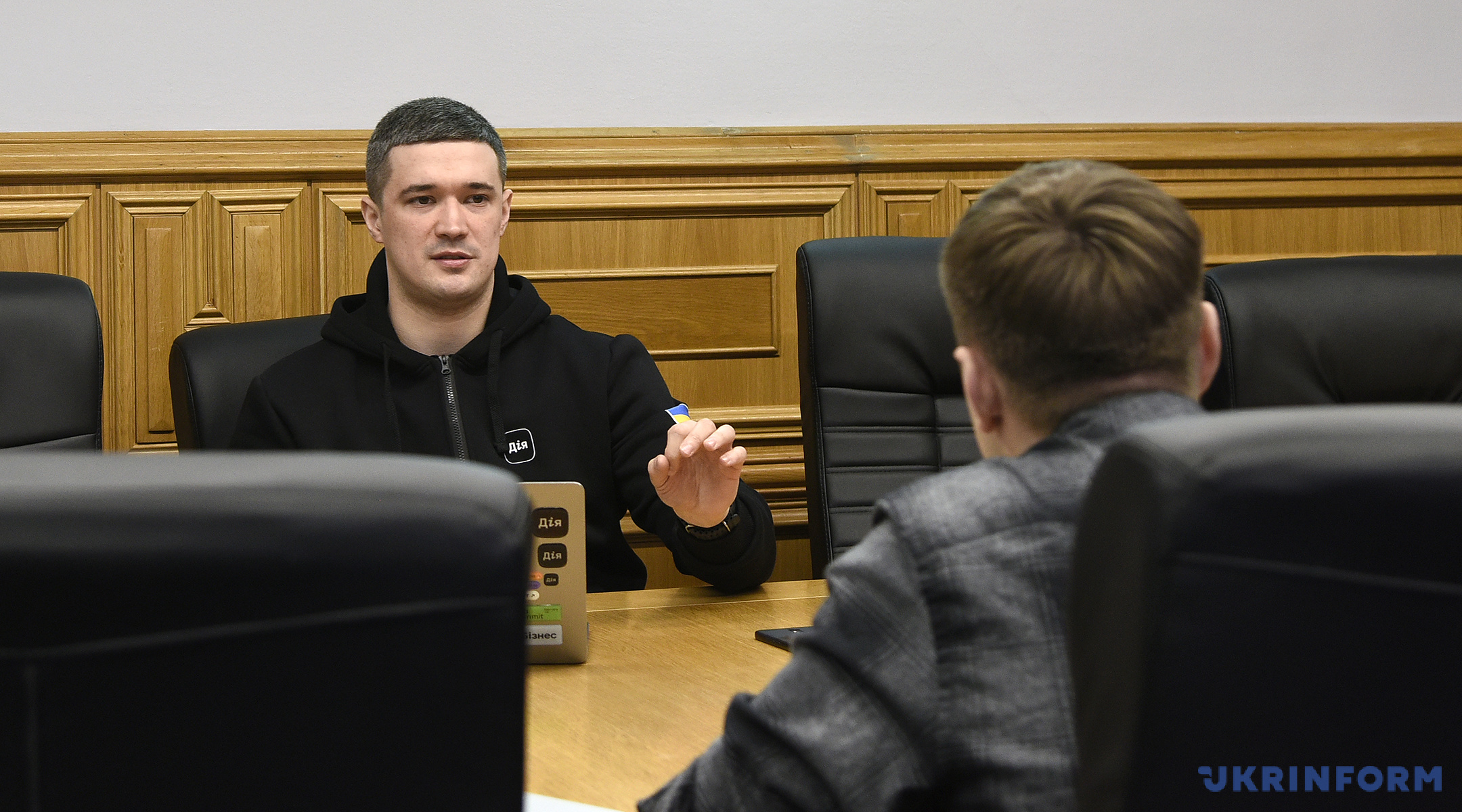
- How is communication going between the military and developers?
- A special site has been created where developers (both individuals and companies) can register and share information about their own ideas or projects. After that, experts evaluate the data and decide on providing a non-refundable grant from the Innovation Development Fund and other resource assistance programs. Developers who already have projects while needing, say, expertise or answers to specific questions, can also apply here. All of them will receive specialized support.
The Ministry of Defense, General Staff, National Security and Defense Council, Ministry of Strategic Industry, and Ministry of Economy will have access to the platform. Key experts will be able to pick up important projects and help with their implementation, in particular with their testing. The whole process will be monitored. This will allow us to analyze the situation and improve the interaction mechanism. There will also be offline conferences involving military officials, where there will be an opportunity to pitch ideas and showcase projects.
- What is your vision of the priority areas of development?
Many foreign specialists already work in Ukraine and help us fight off the invaders
- This is a very wide spectrum. From modern technological intelligence tools, cyber security, artificial intelligence, demining tools, automated control systems, communication and information protection systems, to missile and artillery means of fire damage, space technologies, EW systems, UAVs, and medical support. And this is only part of what we will focus our work on. This will be a flexible platform to ensure it can respond to new challenges and create various innovative products.
- Will the cluster help attract foreign companies to the implementation of technological solutions in Ukraine?
- I am 100% sure. Many foreign specialists already work in Ukraine and help us fight off the invaders. For example, Palantir, a company developing software for data analysis. One of their products, built based on artificial intelligence, is already being employed in some front line zones. Processes that were not previously used in other countries are being developed. There’s also Clearview AI, the developer of an intelligent platform that works with face recognition technology. AI helps identify Russians who committed crimes on the territory of Ukraine. This will allow for holding them accountable in the future.
We also have AI, which is applied in UAVs. We have projects by global and national companies working in this field. While this is not a mass phenomenon, the sector is actively developing. In fact, many unique technologies related to AI, object recognition and satellite communication, are being tested in Ukraine. But we will talk about this later – after we win this war. Therefore, I believe that Brave1 will only strengthen our cooperation with partners.
- Within the cluster, there are plans to create an Advisory Board – a community of influential specialists. What is it and why is it needed?
- After reviewing world history, we were inspired by the U.S. experience during World War 2. Through creating a Defense Innovation Unit in the Pentagon, they launched projects that subsequently changed the development of military technologies. It included representatives of various internationally-acclaimed companies and institutions. We seek to create a similar advisory board for Brave1. These will be influential specialists who have experience in the field of innovation, technology, and armaments in the international arena. They will become the project’s ambassadors across the world.
Ukraine is a fairly technological country as its specialists have high digital skills. And we are very quick in learning and sharing experience in the application of new technologies amid real war, which gives us a unique experience that is not available in any country. Such interaction with global partners will help them better understand our needs. It is also about the capitalization of companies currently working in defense-tech. I am sure that in the coming years, powerful companies worth more than a billion dollars will emerge in Ukraine in the field of defense technology.
- Establishing the effective operation of Brave1 requires funding. What will the sources be?
- Brave1 is launched based on the Innovation Development Fund, which our ministry now manages. Currently, the initial budget is UAH 50 million for project implementation. These funds will be sufficient to offer priority grants and see how everything will work. I believe that after the launch of the cluster, other private funds will be set up that will invest in projects found through Brave1.
We only offer an environment for the development of hi-tech defense products. Next, it is up to the private sector, which, by the way, is the best at startups. That is, our task is not to perform functions typical for the government. We can run our own accelerator, but it won't be as efficient as a private one. The cluster sends a powerful signal to society: "Come over, we'll help you."
- In your opinion, how will the launch of Brave1 generally affect the development of Ukraine’s defense-tech segment?
- We have no advantage over Russia in terms of the number of forces or weapon stocks. However, we can succeed by making the most of technology and innovation. For example, drones can become our "eyes" that allow us to see the battlefield and respond to events in real time, and satellite communication – to quickly brief our troops on the latest developments. Technology helps save the lives of our military and makes artillery and weapons more precise and effective.
The Russians also understand this, so we must constantly develop and counter our enemy on the technological battlefield as well. This means that we need to focus as much as possible on the development of enterprises and companies engaged in the defense industry. Investing in this direction will be very important. At the same time, most of Ukraine's budget is now spent on armaments - the market is expanding. We need to continue to develop it by making our own products.
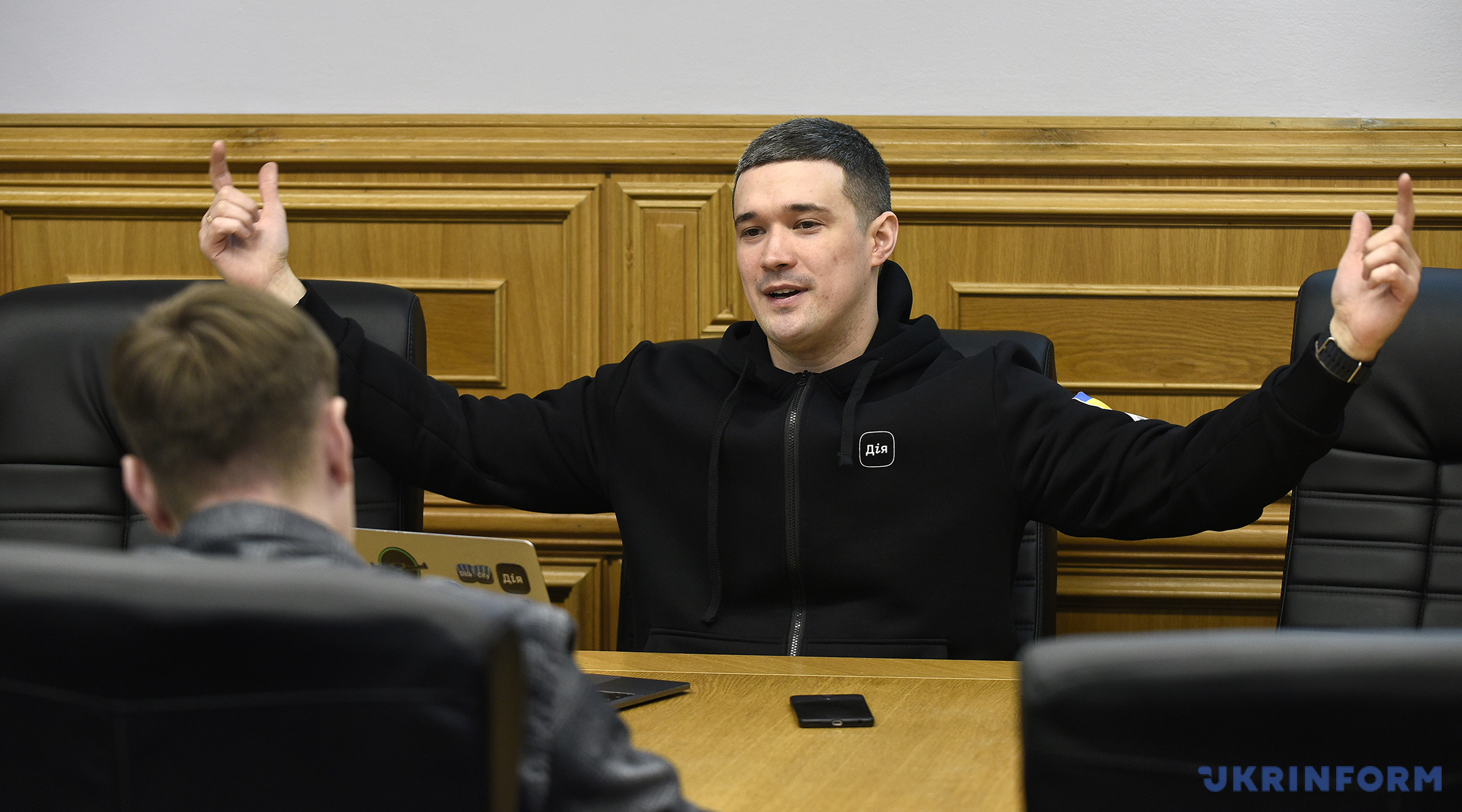
ON UKRAINE’S DRONE ARMY
- Regarding UAVs. What is the situation of the Army of Drones project?
- We have already contracted more than 3,800 UAV complexes for more than UAH 4.1 billion, and also trained more than 7,000 drone operators. Our goal is to train 10,000 people, so we are moving in that direction. Currently, there are more than 20 schools in Ukraine where people can learn to fly drones. Every month, the number of such schools almost doubles. Also, almost every drone manufacturer has its own school. This sector is further developing.
Recently, together with our partners, we also equipped the first three UAV strike companies, which successfully completed training, with all the necessary equipment at hand. In the near future, other such companies will be staffed. They will use drones to perform reconnaissance and strike missions, including to spot artillery fire. At that time, the vehicles provided will allow mobile groups to do raids behind enemy lines, deliver cargo, and evacuate the wounded.
We have already contracted more than 3,800 UAV systems worth over UAH 4.1 billion, and also trained more than 7,000 drone operators
- How is the need for drones at the front lines assessed at the moment?
- All types of drones are needed at the front. Now we understand how many of them are needed for all of our defense forces, what capabilities Ukrainian manufacturers have, and what kind of financing is in question. However, this information is classified as it could expose our plans to our enemy. I can assure you that we are doing everything possible to cover this demand.
- Is there information on how many drones were destroyed or damaged by the Russians amid the hostilities?
- In general, we focus on how long each type of drone “lives” on average. It is impossible to calculate their exact number for various reasons. We are definitely talking hundreds. Sometimes we lose about a hundred within a week, and sometimes fewer. So there are also losses here, indeed, and they are constant.
- Previously, there were certain issues with the import of drones into Ukraine so what is the situation today?
- Now the situation is changing for the better. We have signed two laws that exempt UAVs from import duties and value-added tax on UAV imports into Ukraine. We are working on exempting the import of components from VAT as well as we want to support direct manufacturers. We have also resolved the situation with costing. The government adopted a resolution that fundamentally changes the state's approach to the miltech business as such. Previously, profit on foreign components stood at 1%, and that on own goods and services was 30%. Such regulation restrained the development of Ukrainian manufacturers, stimulated them to move abroad or manipulate paperwork. In order to stimulate the development of UAVs in Ukraine and attract more companies to production, scaling, and increasing the level of localization of components, the goverment raised the profit share to 25%. Work is also underway to exempt from military service engineers from companies manufacturing UAVs.
- How is the Ukrainian drone market developing?
- Today, a revolution is taking place in this market, which contributes to its active development. There will definitely be significant progress this year. Most of the major issues that were holding back the market have been resolved. There is also a budget for sustainable drone manufacturers. It will be enough to support them and provide opportunities for maximum production growth. Of course, there are still certain bureaucratic processes that get in our way, but we’re dealing with them.
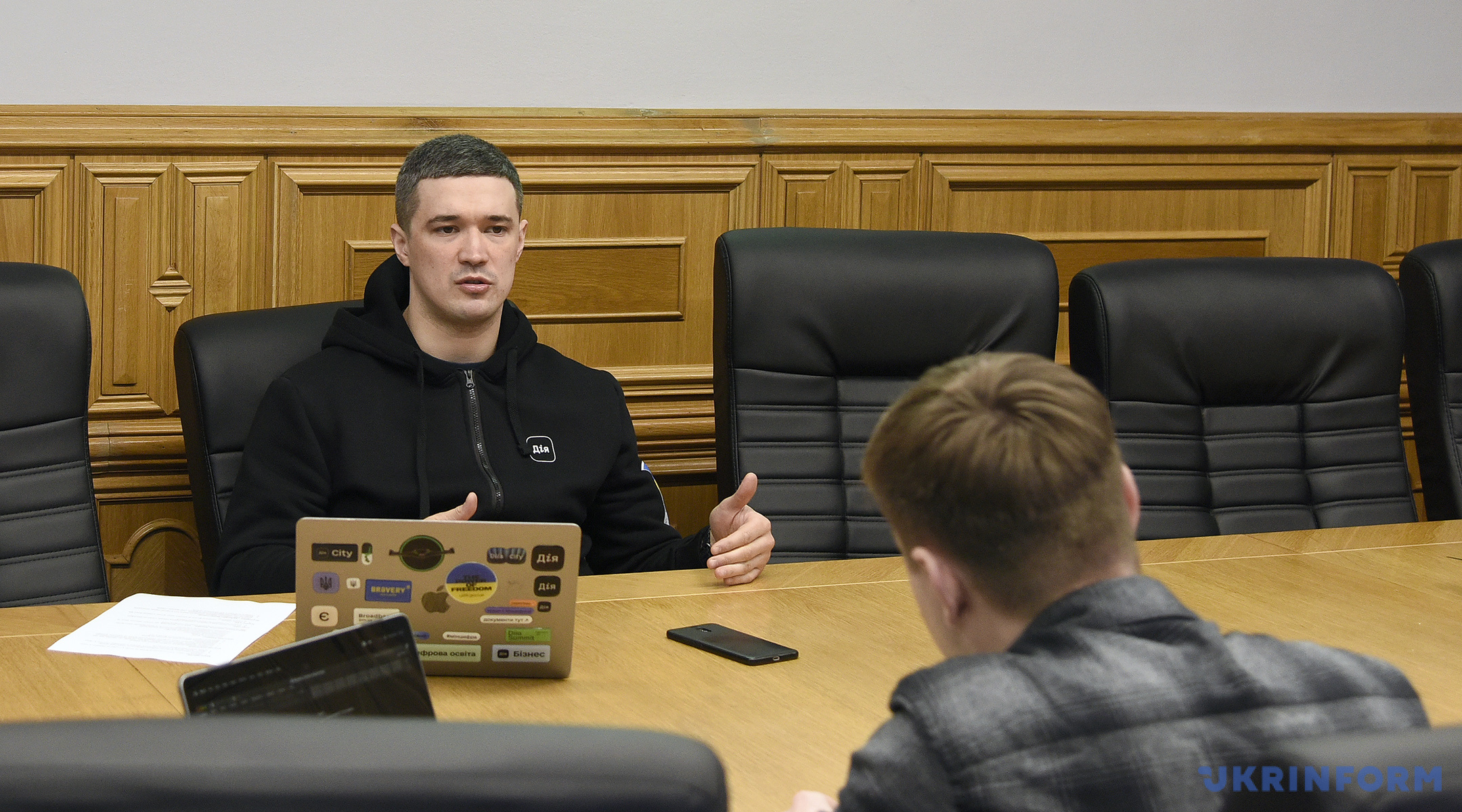
- As for the fundraising for the world's first naval drone fleet. How are things going?
- The project is actively developing. There are many tools being developed and tested. Ukrainians may hear about some of them, but not yet. But the most important thing is still ahead. Now we managed to collect about half a billion hryvnias. One such device costs UAH 10 million. The price includes a drone that is equipped with an autopilot system, video subsystems, including night vision, communication with e-warfare protection, backup communication modules, and a combat unit. Also included in the kit is a ground-based autonomous control station, a transportation and storage system, a data processing center and… a few special surprises for our enemy.
ON THE IMPORTANCE OF ARTIFICIAL INTELLIGENCE AND KNOWLEDGE OF IT
- The other day you made a short post in Telegram, after which Ukrainians began to build various theories around it: "Either you will deal with artificial intelligence, or it will replace you." What did you really mean by that?
- This is advice to myself and Ukrainians in particular. AI is an irreversible trend that is better to lead. It can be feared and ignored or understood and used to improve one's life. As long as the development of this segment is only gaining momentum, there is an opportunity to study the technologies of OpenAI, Google, Microsoft, and the like in advance. AI will affect the labor market, and it is worth being prepared for it. It is equally important to teach children from the first grades to work with AI so that they know how it operates and how they could use it. They will be able to use it as an assistant for researching various topics, comparing information, automating processes and other tasks. But I am convinced that children should be introduced to technology now.
- Is there already work going on in this direction?
- Yes, but the details are yet to be announced. Our children should have good knowledge of artificial intelligence. We will make appropriate changes to the school curriculum. This is an integral part of modern innovative skills that will help them in the future.
- For many, AI is a development tool, while others see it as a threat. What is your opinion?
- AI regulation capabilities are currently being evaluated. It is clear that over time, appropriate legal frameworks will be created and new interactions between corporations will emerge. Someone will start using artificial intelligence with criminal intentions but we must be experienced in this regard and use it for the country’s good. This can be our particular advantage. At one time, we may have missed several steps in technological development, but now we can become champions. For example, as part of our work with the Diia (application for government e-services – ed.), we are actively developing several products that will employ artificial intelligence. Studying safe ways to use AI is a priority for us.
We have a number of companies that use artificial intelligence to improve their own work. Now I try to reach out to their representatives weekly in order to understand as much as possible on this topic. This business is developing very quickly, so we are considering the option of creating a community of people around the Ministry of Digital Transformation, who know AI and use it in real life. Something is happening in this area every day and we need to quickly shape policy to adapt to it.
In Ukraine, there are many areas where it can be used. For example, to structure information or analyze Ukrainian legislation. This will help the government save significant funds. Now we are moving toward the European Union. Thousands of laws need to be amended. Many people are needed to analyze them. With the help of AI, we can do this much faster and automate our work thanks to a clear algorithm of its work.
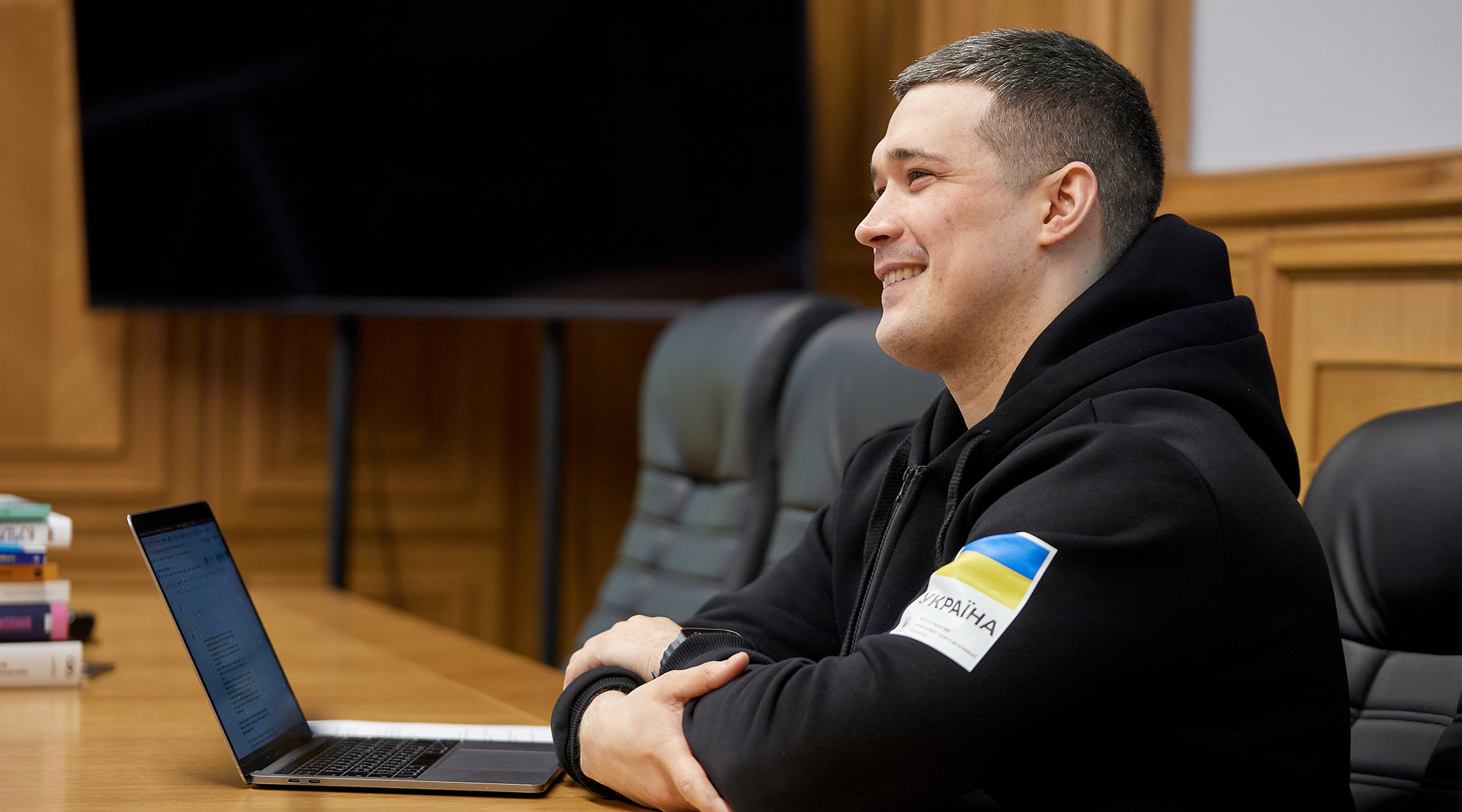
- What is the current situation of Starlink operation in Ukraine?
- Everything works stably. We are in constant contact with the company and we promptly respond to everything. Currently, there are 42,000 Starlink terminals in Ukraine, which provide communication for energy teams, medics, and the military. The government did not spend a single hryvnia on them - everything was transferred by international partners, who also pay for their operation – of course, on preferential terms. We are very grateful to them for this!
- Reports were circulating on the internet of the Russians allegedly testing their "newest" weapon able to jam Starlink. Have there been any cases where communication was lost due to this?
- Indeed, the Russians are trying to use their technology to disrupt the operation of satellite comms but they are not able to achieve the result that would prevent us from using Starlink. We undertake certain countermeasures to ensure that this doesn’t happen at all.
- How are losses to the telecom industry as a result of military actions generally assessed?
- A total of 3,000 mobile base stations were damaged, and the damage to the industry is estimated at $2.5 billion. Some of them, which are located in the de-occupied territories, have already been restored – they operate as usual. Of course, the situation of towers is difficult in the east of Ukraine, where Starlink is key. Operators are currently working on recovery.
- Previously, the ministry actively worked on the introduction of 5G. Are the efforts still ongoing?
- There is a main obstacle – Russian invasion. Also, the situation is that the frequencies required for 5G are used by our military. But the telecom infrastructure restoration program is built, of course, on 5G. Work to this end continues.
- The Council of the EU supported the decision to have Ukraine join EU’s free roaming on a permanent basis. When, in your opinion, will the final decision be made?
- We have now finalized amendments to Annex 17-3 of the Association Agreement and fixed the terms and conditions of Ukraine's accession. Now we have to implement EU roaming acts by April 24, 2024. We are working on this together with Ukrainian operators and the regulator.
Valentyn Marchuk, Kyiv
Photo: Ruslan Kaniuka, Anton Filonenko
